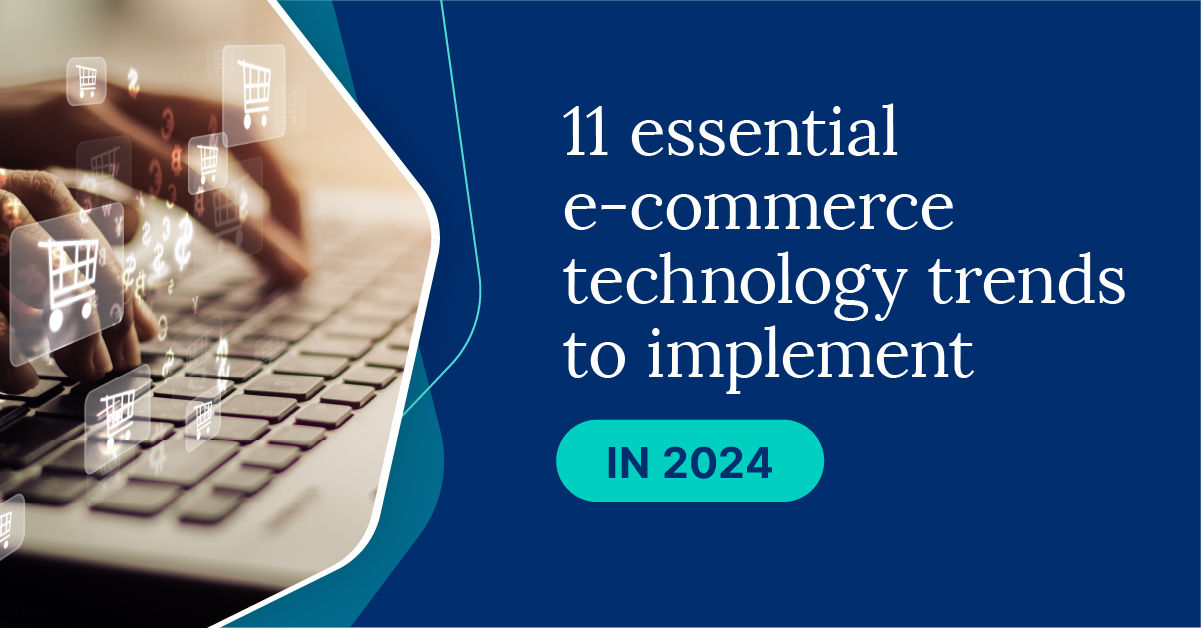
Ecommerce is fiercely competitive and the competition has only increased due to the pandemic. Retailers must adapt accordingly and keep pace with changing market conditions. As an ecommerce business owner, you are required to handle multiple jobs simultaneously and you are often pulled in many directions. Learn more about inventory software for ecommerce in this article.
Those directions could include stocking the hottest products or fulfilling orders across multiple channels. That does not even take into account the marketing and customer service efforts.
So, how do you build your customer base and keep your current customers happy? The answer is ecommerce automation.
The technology that is available today provides you with lots of ecommerce automation options to address your business requirements. The concept is simple – using software to convert manual operations into automated workflows.
Technology can accomplish a broad set of operational tasks without human intervention. Sending emails to different customers, generating support tickets, and fulfilling orders are examples.
Not only does ecommerce automation save time, it also saves money. Automation gives your business team back time to focus on customer service, innovation, and creativity.
Now, let’s have a look at how technology can help your ecommerce business run more smoothly and profitably:
A cloud-based, multichannel inventory management system (IMS) lets brands optimize the supply chain and avoid losses due to stock-outs. AN IMS helps manage business inventory flow through a single dashboard with real-time access to sales and stock movement data.
An inventory management system enables you to list your products across multiple ecommerce platforms and brick-and-mortar locations and process orders through a centralized hub that updates your accounting software.
Take out the manual factors from inventory management, and minimize the possibility of human error.
Here are some key value-adds that an IMS would bring:
One of the big benefits of digital businesses is not needing the large sales team of yesteryear. A small sales team can make operations effective through automated procedures and assessment tools like a CRM.
CRMs help manage tasks like adding new leads, call scheduling, contact information, and users can allocate follow-ups transparently and quickly. CRMs also help prevent two people approaching the same lead.
Most importantly, sales teams can keep records of call specifics and outcomes, which can be useful in future follow-ups. Hubspot, Zoho, and Salesforce are some of the most popular CRMs to try out.
Accounting and sales must coexist harmoniously and share inputs to bookkeeping. There are several accounting solutions to choose from, just make sure it will integrate with your inventory and order management software.
Customer service is a critical aspect of your business and directly impacts customer loyalty and brand image. There are several customer service platforms to choose from that should allow you to automate repetitive tasks. Chatbots, for instance, are still the most common way to do so.
Chatbots are programs that help to automate customer interactions by responding to a set of specified conditions, events, and question triggers. Product-focused chatbot interactions are increasing in popularity.
As per a Facebook poll, more than half of customers said they were more likely to shop with a company that allows them to communicate via chat.
Customers want to find the information they need in a matter of seconds with a click. Chatbots solve for that. Plus, various solutions can be used to integrate chatbots into ecommerce websites and social media accounts with minimum development expenditures.
Chatbots are an integral part of a company’s customer service strategy – Octane, MobileMonkey, and Bostify are some of the most common chatbots for ecommerce. Chatfuel is another shareware option and is one of the finest ecommerce chatbot services.
Customers want personalization and seamless ecommerce experiences. According to Business Insider, global customers will make 1.1 trillion cashless payments by 2024 by acquiring products and services using a mix of mobile, web, and linked devices.
Passive authentication like face and touch ID has become more popular as technology advances because your credentials are already loaded into your ewallet and ready to pay. This is made possible by services like AmazonPay, ApplePay, GooglePay, Paytm, PhonePe, PayPal, and similar services.
Your customers expect your products to be available across the spectrum of selling channels they have to choose from. Web stores, physical stores, social media, and online marketplaces are all part of multichannel retailing. Today, single-click buy on ecommerce sites, a social media presence, brand awareness, and overall lifestyle affinity all play a role in purchasing behavior.
The main objective of multichannel selling is to make sure that marketing techniques enable clients to convert via each type of sales channel. With the proper automation technology at hand and a multichannel strategy, your brand can offer a seamless customer experience.
Walmart’s “order-by-text and chat services” was one example of how brands can leverage technology as part of their multichannel strategy. The service let customers place orders with a text message and offered same-day delivery.
The service is no longer offered, but it paved the way for other ecommerce brands to provide something exceptional to their customers.
Most businesses use social media platforms for advertising. It helps customers purchase by leveraging social media’s convenience, usability, and reach.
Facebook Marketplace was mainly created in 2018 to compete with Amazon, Google Shopping, and Etsy. Instagram adopted product tags in 2016 to help users recognize the products and prices they see in adverts.
With the integration of BigCommerce and Shopify in 2017, customers would go to a web page to make a purchase.
Pinterest has a similar appearance to Instagram, added buyable pins to select brands in 2015, and their user numbers rose in 2016. A shopping cart was also introduced to help buy from multiple merchants simultaneously.
Working in the ecommerce space requires dealing with competitors and meeting customer expectations and demands. Current technology solutions can automate mundane tasks and streamline operations.
Choosing an Inventory Management Software (IMS) like Cin7 increases operational efficiency and overall productivity for all kinds of retailers and wholesalers. Get your inventory software for ecommerce today!


Inventory is a delicate balancing act, and eCommerce doesn’t make things any easier. Carrying too much stock drives up your costs in warehousing and expiration of goods. Carrying too little loses you sales. Getting inventory just right is the Goldilocks tale of commerce, which is why so many strategies have emerged over the last 50 […]

Amazon took significant steps recently to get up and running in Australia. Now, word on the street is the eCommerce giant has set its sights on New Zealand. It may not be a question of if but when the company launches Amazon New Zealand. Amazon Activates in Australia Amazon has now leased a distribution center […]

Discover the e-commerce technology trends shaping how people buy and sell products and services and learn why they matter.